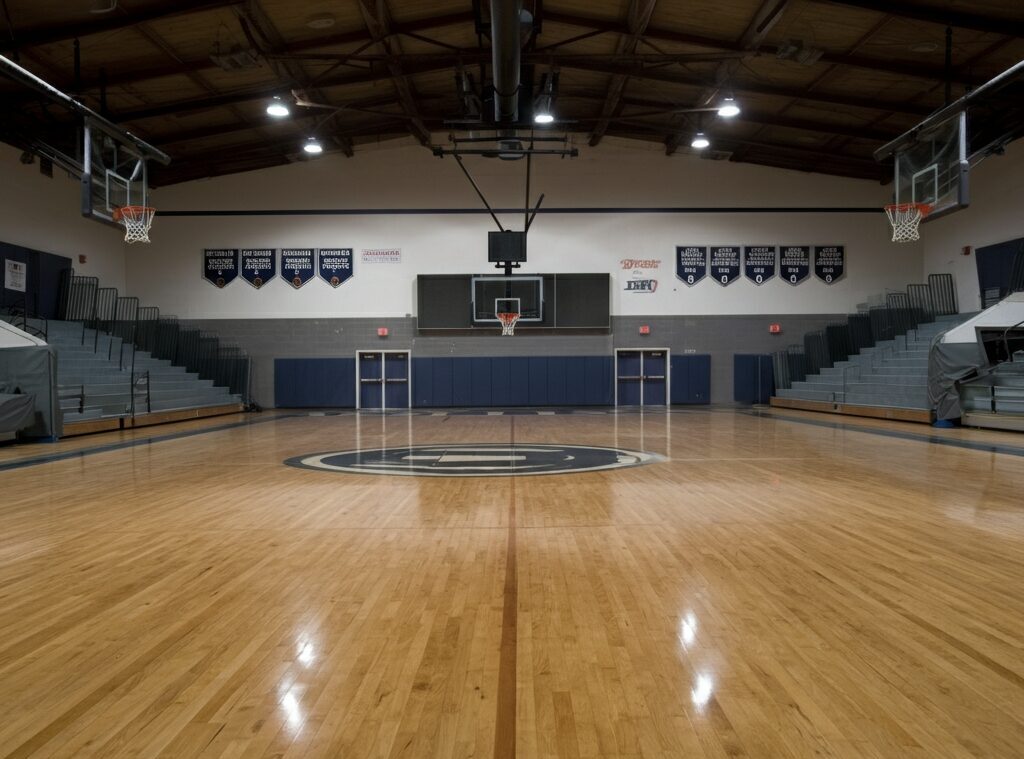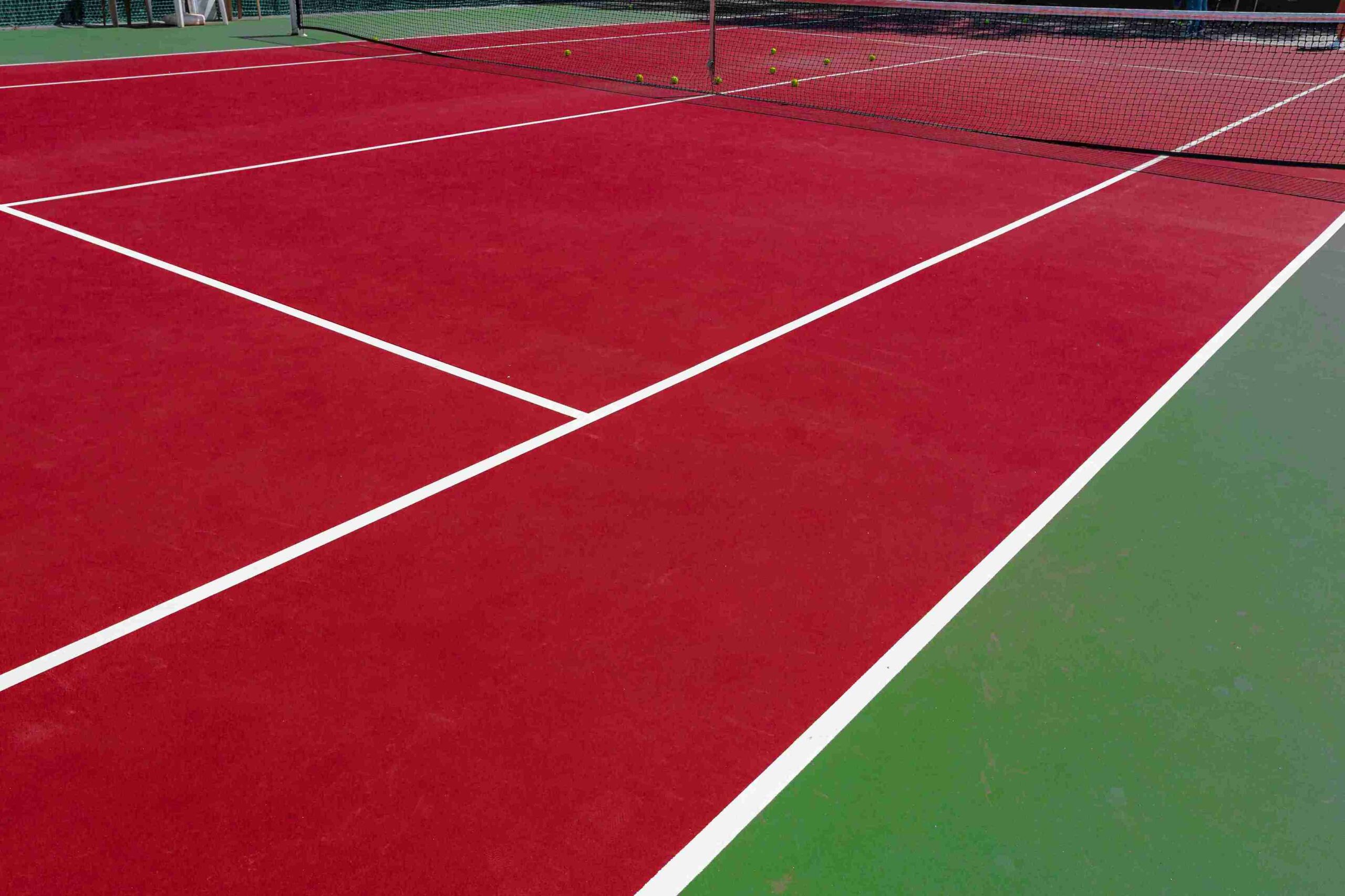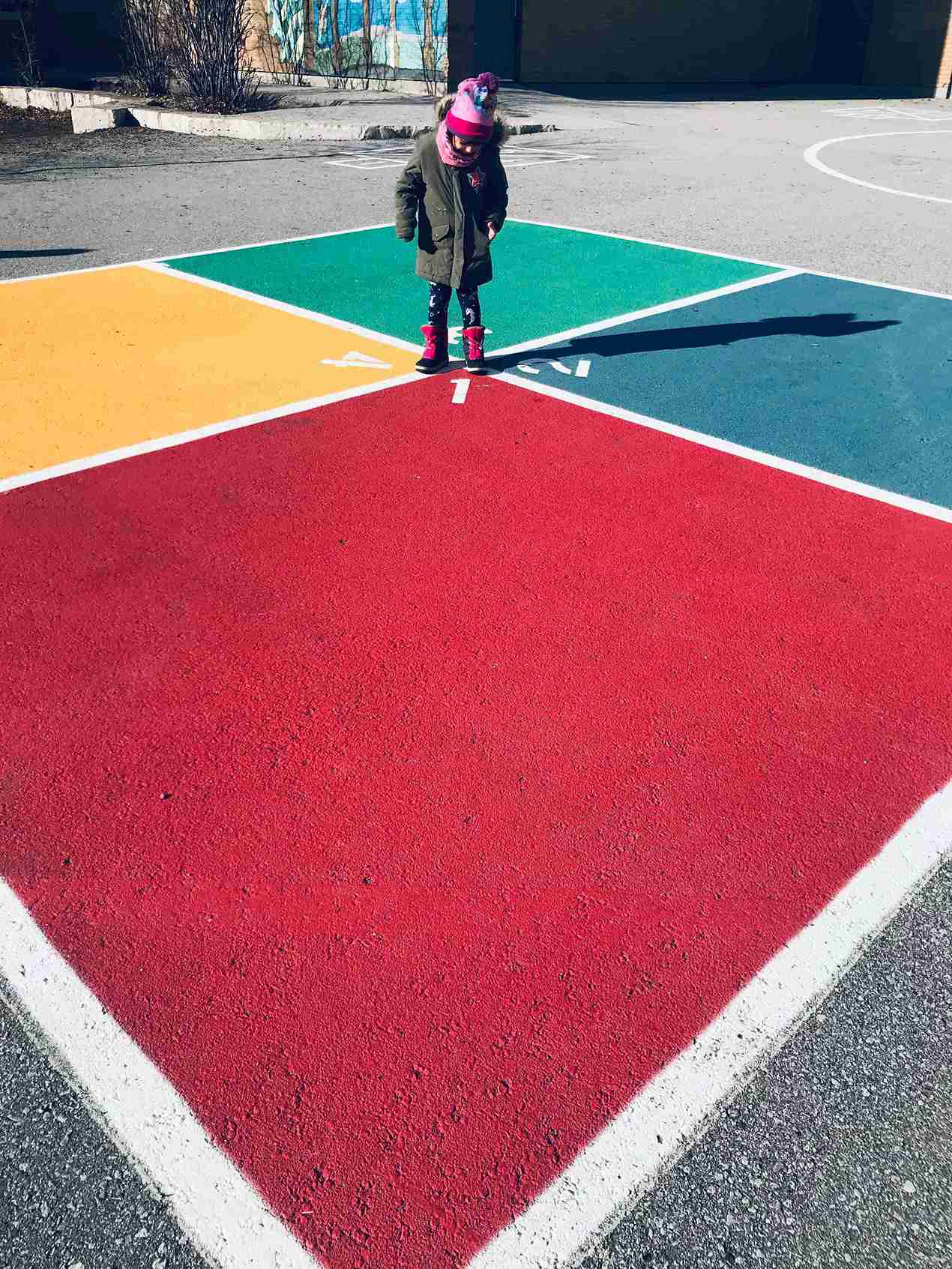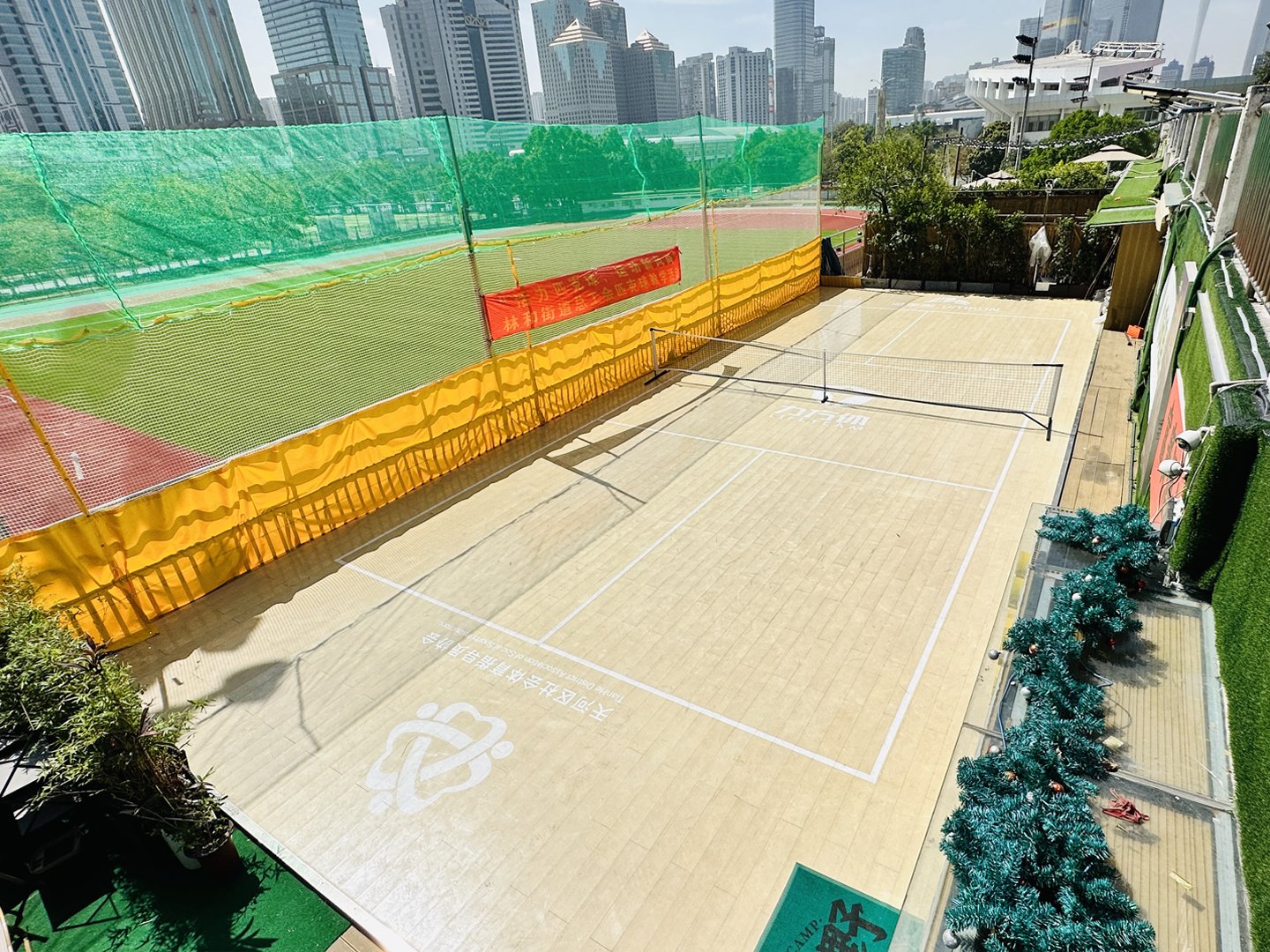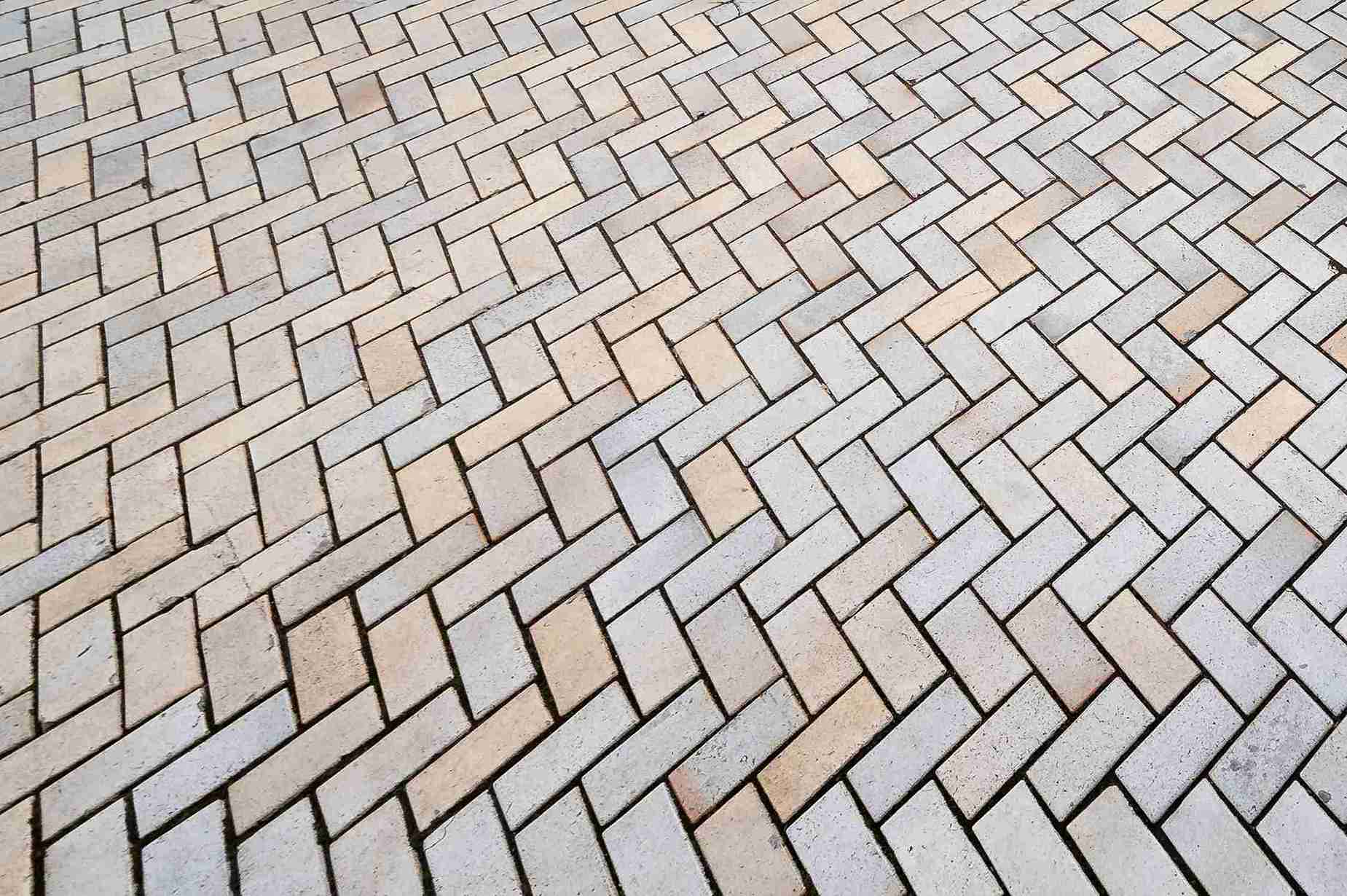Hardwood basketball flooring represents a significant investment for any facility, whether it’s a professional arena, school gymnasium, or recreational center. Understanding the lifespan of your hardwood basketball floor is crucial for budget planning, maintenance scheduling, and ensuring optimal performance for athletes. The longevity of these specialized surfaces depends on multiple factors, from the quality of materials used to the intensity of play they endure.
Professional-grade hardwood basketball floors typically last between 10 to 30 years, but this range varies considerably based on usage patterns, maintenance practices, and environmental conditions. High-traffic facilities may require refinishing every 3-5 years, while well-maintained courts in controlled environments can maintain their performance characteristics for decades.
The investment in quality hardwood basketball flooring pays dividends through superior performance, player safety, and long-term durability. However, maximizing this investment requires understanding the factors that influence floor lifespan and implementing proper maintenance strategies. This comprehensive guide examines everything facility managers need to know about hardwood basketball floor longevity, from initial installation considerations to replacement decisions.
Factors Affecting the Lifespan of Hardwood Basketball Floors
Type of Wood Species
The wood species selected for your basketball court significantly impacts its durability and lifespan. Maple remains the gold standard for professional basketball courts due to its exceptional hardness, tight grain structure, and consistent performance characteristics. Hard maple, specifically, offers superior wear resistance and maintains its structural integrity under intense athletic use.
Oak presents another viable option, particularly for recreational facilities with moderate usage. While slightly softer than maple, oak provides excellent durability at a more economical price point. The wood’s natural grain pattern offers good traction for players while maintaining structural stability over time.
Birch serves as an alternative hardwood option, offering good performance characteristics at a competitive price. However, birch may show wear patterns more quickly than maple in high-traffic situations. The choice between these species should align with your facility’s usage intensity and budget considerations.
Installation Quality Standards
Professional installation quality directly correlates with hardwood floor lifespan. Proper subfloor preparation, moisture control systems, and precise installation techniques create the foundation for long-term performance. FIBA-certified installation standards ensure optimal performance characteristics and extended floor life.
Subfloor systems must provide adequate moisture protection, proper ventilation, and structural stability. Advanced biomass sport wooden floor systems incorporate engineered subfloor components that enhance shock absorption while protecting the hardwood surface from moisture damage. These systems extend floor lifespan by maintaining consistent performance conditions.
Installation precision affects joint integrity, surface uniformity, and overall structural stability. Professional installers understand wood movement patterns, proper acclimation procedures, and fastening techniques that prevent premature wear or structural failures. Quality installation represents a critical investment in long-term floor performance.
Maintenance Practices and Protocols
Consistent maintenance practices significantly extend hardwood basketball floor lifespan. Daily cleaning routines, periodic deep cleaning, and protective coating maintenance preserve surface integrity and performance characteristics. Facilities with rigorous maintenance protocols often achieve floor lifespans at the upper end of the expected range.
Daily maintenance includes dust mopping, spot cleaning, and moisture control. Weekly maintenance involves more thorough cleaning procedures and surface inspection for wear patterns or damage. Monthly maintenance may include specialized cleaning treatments and protective coating assessment.
Annual maintenance typically involves professional refinishing or recoating procedures. These treatments restore surface protection, address minor wear patterns, and maintain optimal playing conditions. Facilities that invest in comprehensive maintenance programs maximize their hardwood floor investment and ensure consistent performance standards.
Usage Intensity and Frequency
Basketball court usage patterns dramatically influence hardwood floor lifespan. Professional arenas hosting daily games, practices, and events experience accelerated wear compared to recreational facilities with limited weekly usage. Understanding usage intensity helps predict maintenance requirements and replacement timelines.
High-intensity facilities may require refinishing every 2-3 years to maintain performance standards. These courts benefit from advanced surface protection systems and frequent maintenance interventions. Specialized outdoor hardwood sport court floors designed for intensive use incorporate enhanced durability features to withstand demanding usage patterns.
Moderate-use facilities typically achieve longer intervals between major maintenance procedures. School gymnasiums, community centers, and recreational facilities often maintain excellent playing conditions with refinishing every 5-7 years. Proper usage scheduling and surface protection during non-basketball activities extend floor lifespan significantly.
Environmental Factors and Climate Control
Environmental conditions within the facility directly impact hardwood floor stability and longevity. Temperature fluctuations, humidity variations, and seasonal changes cause wood movement that can lead to gaps, cupping, or structural issues. Proper climate control systems protect hardwood floors from environmental damage.
Optimal conditions maintain temperatures between 65-75°F with relative humidity levels of 30-50%. These parameters minimize wood movement and preserve surface integrity. Facilities with inadequate climate control systems may experience accelerated wear, seasonal gaps, or surface irregularities that reduce floor lifespan.
Moisture control systems prevent subfloor moisture issues that can compromise hardwood floor stability. Advanced VMKON biomass sport wooden floor systems incorporate moisture barriers and ventilation systems that maintain optimal conditions regardless of external environmental factors.
Average Lifespan of Hardwood Basketball Flooring
Professional-grade hardwood basketball floors typically demonstrate lifespans ranging from 15-25 years with proper maintenance and moderate usage conditions. High-end installations with premium materials and expert maintenance programs can achieve lifespans exceeding 30 years while maintaining excellent performance characteristics.
Educational facilities often experience hardwood floor lifespans of 20-25 years due to seasonal usage patterns and generally adequate maintenance resources. These facilities benefit from summer maintenance periods that allow comprehensive refinishing and repair procedures without disrupting athletic programs.
Recreational facilities with limited usage may achieve the longest hardwood floor lifespans, often 25-30 years or more. These environments typically feature controlled usage patterns, adequate maintenance resources, and stable environmental conditions that preserve floor integrity over extended periods.
High-traffic commercial facilities may require floor replacement every 10-15 years due to intensive usage patterns and accelerated wear. However, strategic refinishing and maintenance programs can extend these timelines while maintaining acceptable performance standards throughout the floor’s service life.
Maintenance Tips to Extend Hardwood Court Life
Daily Maintenance Procedures
Implementing consistent daily maintenance routines significantly extends hardwood basketball floor lifespan. Dust mopping removes abrasive particles that can damage surface coatings and create wear patterns. Use only approved cleaning products and microfiber mops designed for hardwood sports surfaces.
Immediate spill cleanup prevents moisture penetration and staining that can compromise floor integrity. Maintain consistent temperature and humidity levels to minimize wood movement and surface stress. Regular inspection during daily maintenance identifies potential issues before they become significant problems.
Surface protection during non-basketball activities preserves floor integrity and extends lifespan. Use appropriate floor coverings for special events, ceremonies, or alternative activities. Proper footwear policies prevent unnecessary wear from inappropriate shoes or equipment.
Weekly and Monthly Maintenance
Weekly maintenance procedures include thorough cleaning with approved hardwood floor cleaners and detailed surface inspection. Look for wear patterns, surface damage, or coating deterioration that may require professional attention. Document maintenance activities and observations for trend analysis.
Monthly maintenance involves more comprehensive cleaning procedures and protective coating assessment. Professional-grade cleaning equipment and specialized products maintain surface integrity while removing accumulated soil and residue. These procedures preserve the protective finish and extend refinishing intervals.
Seasonal maintenance adjustments accommodate changing environmental conditions and usage patterns. Summer maintenance periods provide opportunities for comprehensive floor care, minor repairs, and protective coating renewal. These intensive maintenance periods significantly extend overall floor lifespan.
Professional Refinishing Schedules
Professional refinishing represents the most critical maintenance intervention for extending hardwood basketball floor lifespan. Refinishing schedules depend on usage intensity, maintenance quality, and performance requirements. Most facilities benefit from refinishing every 3-7 years depending on these factors.
The refinishing process involves surface preparation, stain application, and multiple protective coating layers. Professional refinishing restores surface uniformity, addresses wear patterns, and renews protective characteristics. Quality refinishing can restore floors to near-original performance levels.
Advanced refinishing techniques include screen and recoat procedures for floors with minimal wear and full sand-and-refinish treatments for floors with significant wear or damage. Professional assessment determines the appropriate refinishing approach based on current floor conditions and performance requirements.
Common Problems and Prevention Strategies
Surface Wear and Scratching
Surface wear represents the most common hardwood basketball floor issue, typically manifesting as dulled areas in high-traffic zones or visible scratches from equipment contact. Prevention strategies include proper footwear policies, equipment handling procedures, and regular maintenance routines.
Protective coatings specifically designed for sports applications provide enhanced scratch resistance and durability. These advanced finishes incorporate specialized additives that improve surface hardness while maintaining appropriate traction characteristics for basketball play.
Regular surface maintenance prevents minor scratches from developing into significant wear patterns. Immediate attention to surface damage through spot repairs or refinishing prevents accelerated deterioration and extends overall floor lifespan.
Moisture-Related Issues
Moisture penetration can cause cupping, warping, or structural damage that significantly reduces hardwood floor lifespan. Prevention requires comprehensive moisture control systems, proper ventilation, and immediate response to water incidents or leaks.
Advanced subfloor systems incorporate moisture barriers and ventilation channels that prevent moisture accumulation beneath the hardwood surface. These systems maintain optimal moisture conditions regardless of external environmental factors or occasional water exposure.
Regular moisture monitoring using professional-grade meters helps identify potential problems before they cause visible damage. Facility managers should establish moisture monitoring protocols and response procedures for addressing elevated moisture levels promptly.
Structural Movement and Gaps
Seasonal wood movement can create gaps between floorboards or cause surface irregularities that affect playing conditions. Proper installation techniques and climate control systems minimize these issues while maintaining surface integrity throughout seasonal changes.
Quality installation includes appropriate expansion allowances and fastening techniques that accommodate normal wood movement without creating surface problems. Professional installers understand local climate conditions and adjust installation parameters accordingly.
Advanced flooring systems incorporate engineered components that provide enhanced dimensional stability while maintaining natural wood performance characteristics. These systems minimize seasonal movement issues while preserving the authentic hardwood playing experience.
Replacement vs. Refinishing: Making the Right Choice
Assessment Criteria for Decision Making
Determining whether to refinish or replace hardwood basketball flooring requires comprehensive assessment of current conditions, remaining useful life, and performance requirements. Professional evaluation considers surface wear, structural integrity, and subfloor condition to recommend the most cost-effective solution.
Surface conditions that indicate refinishing potential include minor wear patterns, surface scratches, or coating deterioration without structural damage. Floors with sound structural integrity and minimal dimensional movement typically benefit from refinishing rather than replacement.
Replacement indicators include extensive structural damage, significant dimensional instability, or wear patterns that extend beyond the surface layer. Floors approaching 20-25 years of service may warrant replacement consideration even if refinishing remains technically feasible.
Cost-Benefit Analysis
Refinishing costs typically range from 15-25% of replacement costs while restoring 80-90% of original performance characteristics. This cost advantage makes refinishing attractive for floors with adequate remaining structural life and acceptable dimensional stability.
Replacement costs include materials, installation, and facility downtime but provide maximum performance life and updated features. New installations can incorporate advanced subfloor systems, improved moisture control, and enhanced surface treatments that extend service life.
Long-term cost analysis should consider remaining useful life, maintenance requirements, and performance standards. Floors nearing the end of their service life may benefit from replacement to avoid frequent maintenance interventions and performance compromises.
Performance Considerations
Refinishing restores surface characteristics while maintaining existing subfloor systems and installation parameters. This approach preserves familiar playing characteristics while addressing surface wear and protection needs.
Replacement provides opportunities to incorporate advanced technologies, improved performance features, and updated safety standards. New installations can address subfloor issues, improve shock absorption, and integrate modern moisture control systems.
Performance requirements for professional or competitive play may necessitate more frequent refinishing or earlier replacement compared to recreational facilities. These decisions should align with facility usage patterns and performance expectations.
Frequently Asked Questions
How often should hardwood basketball floors be refinished?
Refinishing frequency depends on usage intensity and maintenance quality. High-traffic facilities typically require refinishing every 3-5 years, while moderate-use facilities may extend intervals to 5-7 years. Professional assessment determines optimal refinishing schedules based on current conditions and performance requirements.
What are the signs that a hardwood basketball floor needs replacement?
Replacement indicators include extensive surface wear that penetrates beyond the finish layer, structural damage such as loose boards or significant gaps, moisture damage causing cupping or warping, and floors approaching 25-30 years of service life. Professional evaluation provides definitive replacement recommendations.
Can outdoor hardwood basketball courts achieve similar lifespans?
Outdoor hardwood sport court floors face additional environmental challenges that may reduce lifespan compared to indoor installations. However, specialized outdoor systems with enhanced weather protection can achieve 15-20 year lifespans with proper maintenance. These systems incorporate advanced moisture resistance and UV protection features.
How do biomass sport wooden floors compare to traditional hardwood?
VMKON biomass sport wooden floors offer enhanced sustainability while maintaining comparable performance characteristics and lifespans. These systems may provide improved moisture resistance and dimensional stability compared to traditional hardwood while meeting professional performance standards.
What maintenance mistakes reduce hardwood floor lifespan?
Common maintenance mistakes include using inappropriate cleaning products, neglecting daily dust mopping, inadequate moisture control, delaying refinishing beyond optimal timing, and failing to address surface damage promptly. These oversights can significantly reduce floor lifespan and performance quality.
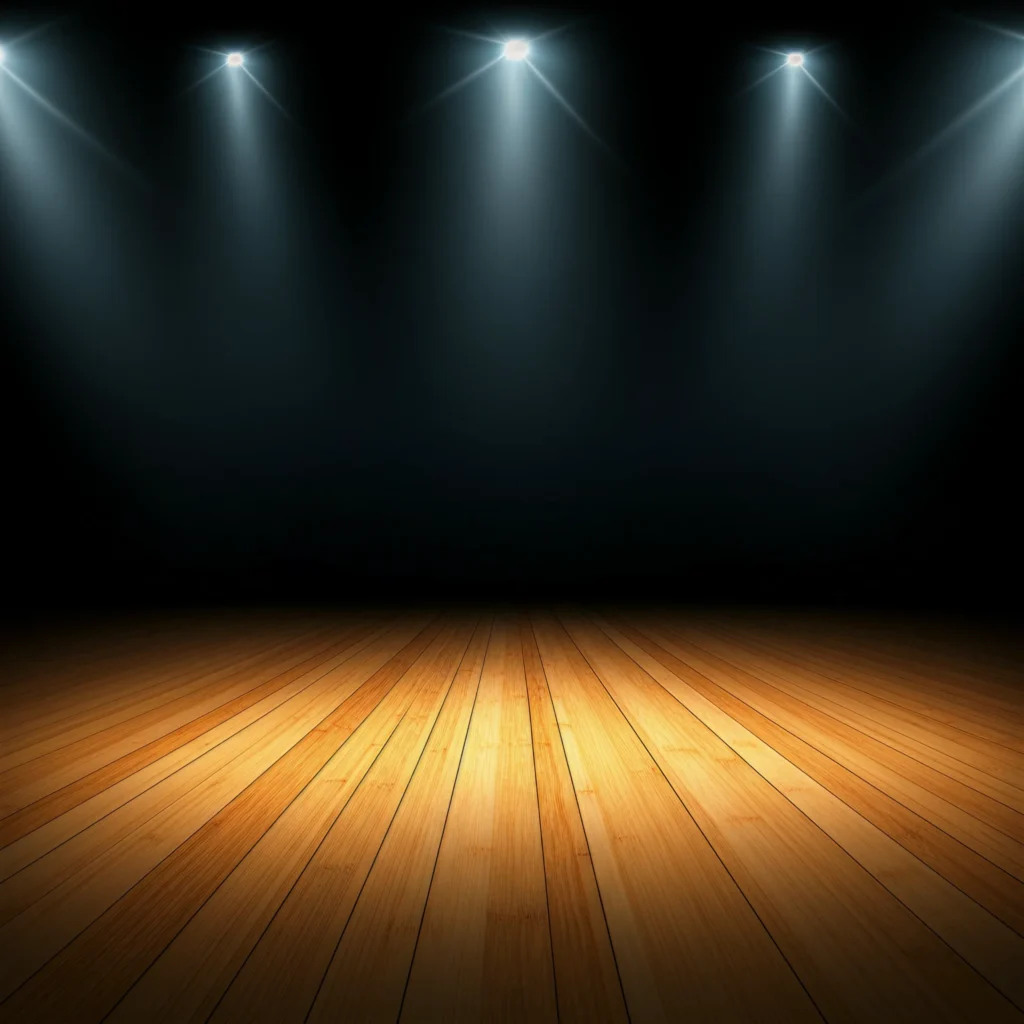

Maximizing Your Investment Through Quality and Care
Hardwood basketball flooring represents a substantial investment that rewards proper selection, installation, and maintenance with decades of superior performance. Understanding the factors that influence floor lifespan empowers facility managers to make informed decisions that maximize their investment while ensuring optimal playing conditions.
The key to achieving maximum hardwood floor lifespan lies in balancing initial quality investment with comprehensive maintenance programs. Premium materials, professional installation, and consistent care create the foundation for long-term success. Facilities that prioritize these elements consistently achieve floor lifespans at the upper end of expected ranges while maintaining excellent performance standards.
Professional guidance throughout the floor’s service life ensures optimal maintenance decisions and timely interventions that preserve performance and extend useful life. Regular assessments, appropriate maintenance scheduling, and quality refinishing procedures protect your investment while providing athletes with the superior playing surface they deserve.
Contact us for a comprehensive assessment of your hardwood basketball flooring needs and a detailed quote for installation, maintenance, or refinishing services. Our team of flooring professionals provides expert guidance to maximize your investment and ensure long-lasting performance.

